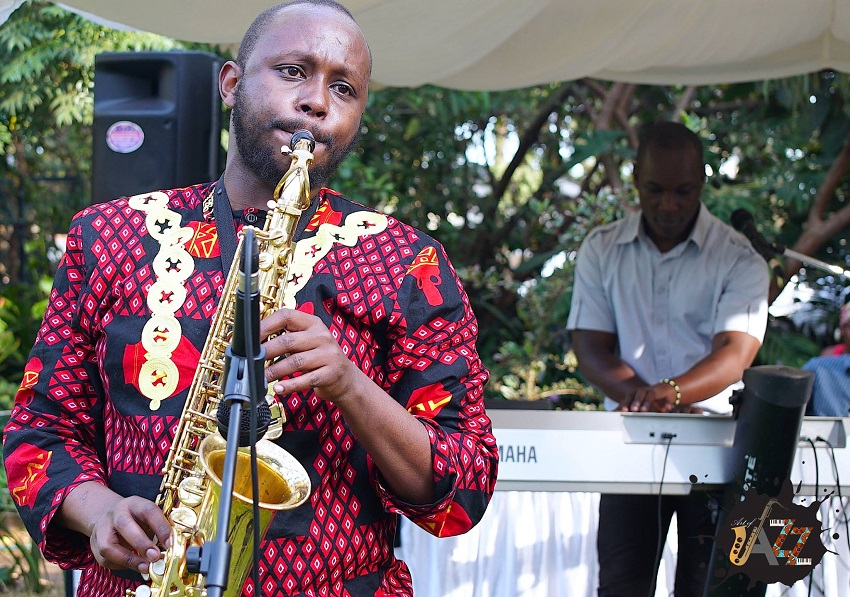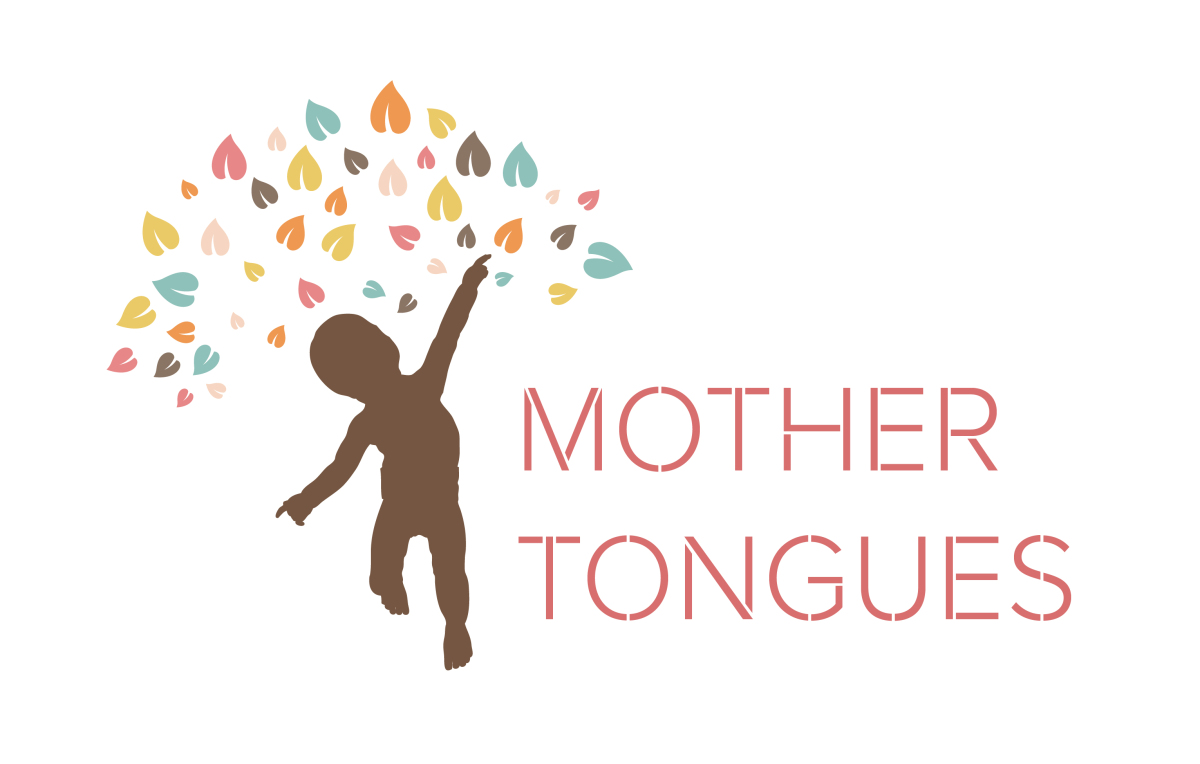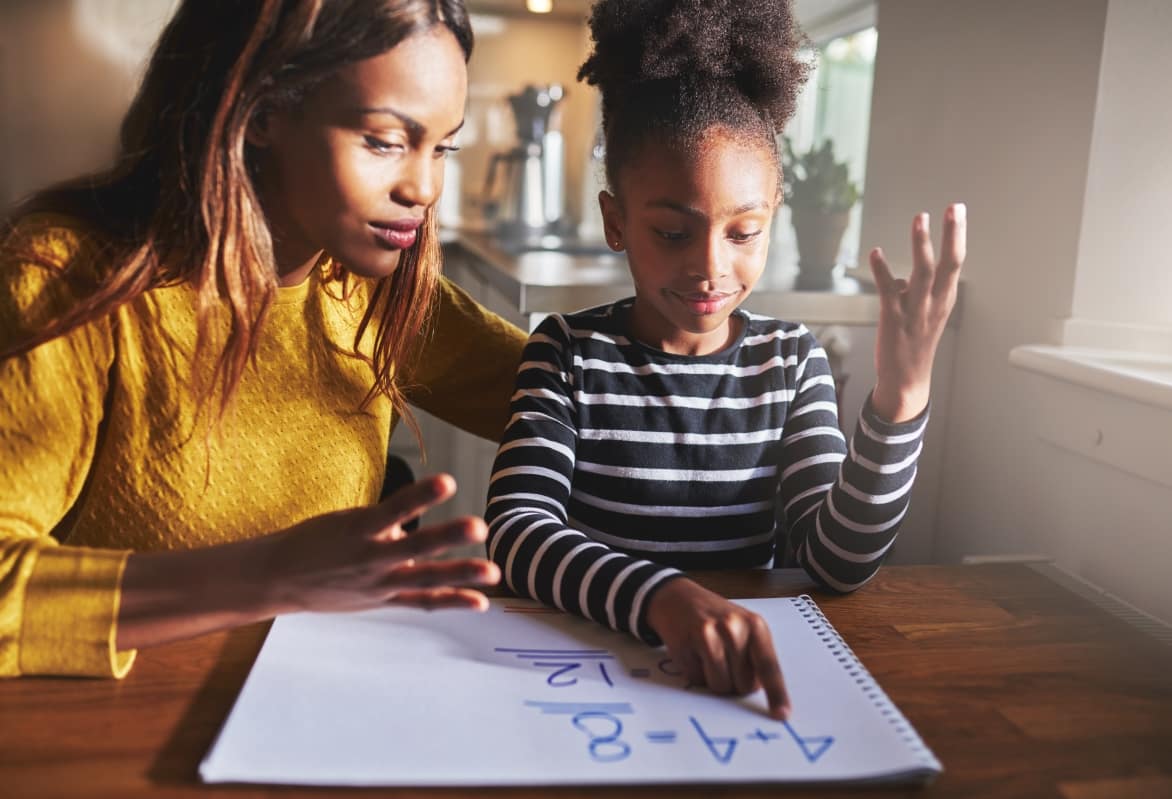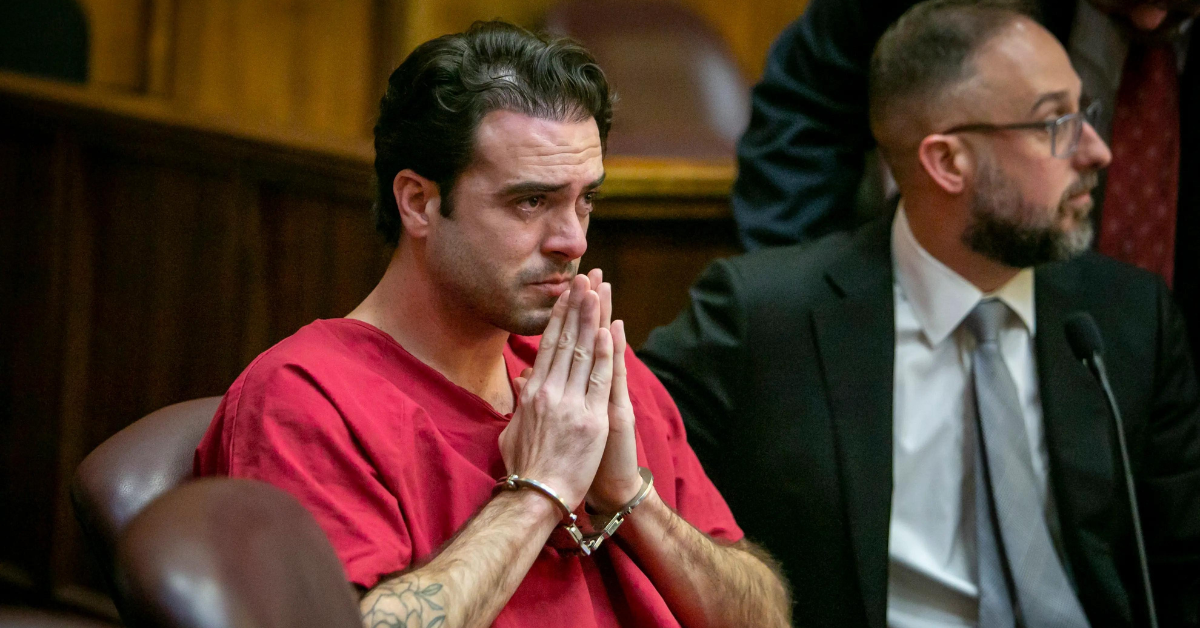9 comments
Join the conversationKenyan Wedding Traditions
4th Sept, 2019 at 10:19AM
If you have a traditional family, you will likely be very aware of the typical marriage customs and rituals of your tribe. This knowledge can become especially important in inter-tribal marriages. Make sure that you that bring this subject up with both sides of the family, so everybody can have a say in what's important for them.Most communities have at least two or three meetings. For the first, the bride's parents are visited by the man, accompanied by his father and uncles, so he can state his interest in the bride-to-be. The second is normally a dowry negotiation. During a final meeting, the dowry is often paid or the wedding plans are gone over.Any negotiations are usually done by the fathers and uncles. The groom sits quietly and is rarely allowed to talk. Meanwhile, the women cook, serve and wait - and they also don't talk unless spoken to. The bride remains hidden until she is summoned by the elders to confirm that the groom is 'the one'. But due to the costs of these feasts, most parents now prefer to fuse all of these different visits into a single ceremony.These ceremonies always entail much feasting. With Luos, Luhyas, and Kisiis in particular, you need to ensure that you are all very hungry when you arrive with your groomsmen. There will be piles of ugali, chicken, fish, beef, goat meat (fried, stewed, and roasted), rice, chapattis, traditional vegetables, tea with mandazi, etc. With Kisiis, the groomsmen must be prepared for a similar feast on the morning of the wedding when they go to pick up the bride.
Variations abound within the Kalenjin community. Kipsigis tend to be a bit more conservative than the Koito when it comes to the dowry ceremony. Usually featuring only immediate family members of one clan, the ceremony is almost a mini-wedding in itself, with the bride showered with gifts after the dowry is negotiated. Meanwhile Nandis tend to go all out by inviting the entire village for a huge koito.The Kikuyus' ruracio is the formal meeting of the families, to negotiate and dine together to celebrate the courtship. But before the groom's family is allowed in, the female relatives must first compete in a song battle. While not really competitive, the groom's arsenal of aunts often supplement their singing with gifts such as viondos (sisal baskets), food or cash. The ruracio is perhaps best known for the veiling of the women. With the bride-to-be and her cousins all wrapped from head to knee, the groom must then identify his bride by her legs. If he picks the wrong legs, he must pay a fine - may it be cash or a goat. Most brides-to-be try to help their groom out by giving clues - but otherwise it just means more goats for mom and dad.Kambas traditionally have numerous meetings, with the initial one resembling a covert operation. The man's parents and maybe an uncle will visit his love interest's parents to express his interest. If the parents liked their prospective son-in-law, he gets the green light. Otherwise his family must slink off quietly. But this is only the first hurdle; during a second meeting he must now seek their blessing. If all goes well a third meeting is set. He must now provide two female goats and one male goat which are slaughtered immediately to bless the union. Only then is the bride price negotiated - which will be paid over a long period of time. Once that is settled, the groom must then rally his family to his bride's home to cook for her whole family - as a sign that they can take care of his wife. But yes, nowadays a caterer is hired in.Also Read: Inter-tribal marriages: https://lovemattersafrica.com/love-relationships/happy-relationships/intertribal-relationship-making-it-work Wedding plans: https://lovemattersafrica.com/marriage/thinking-about-marriage/wedding-the-big-day

28th Feb, 2019 at 11:53AM
Celebrating 'Art of Jazz' Event on International Jazz Day

11th Aug, 2020 at 9:11AM



